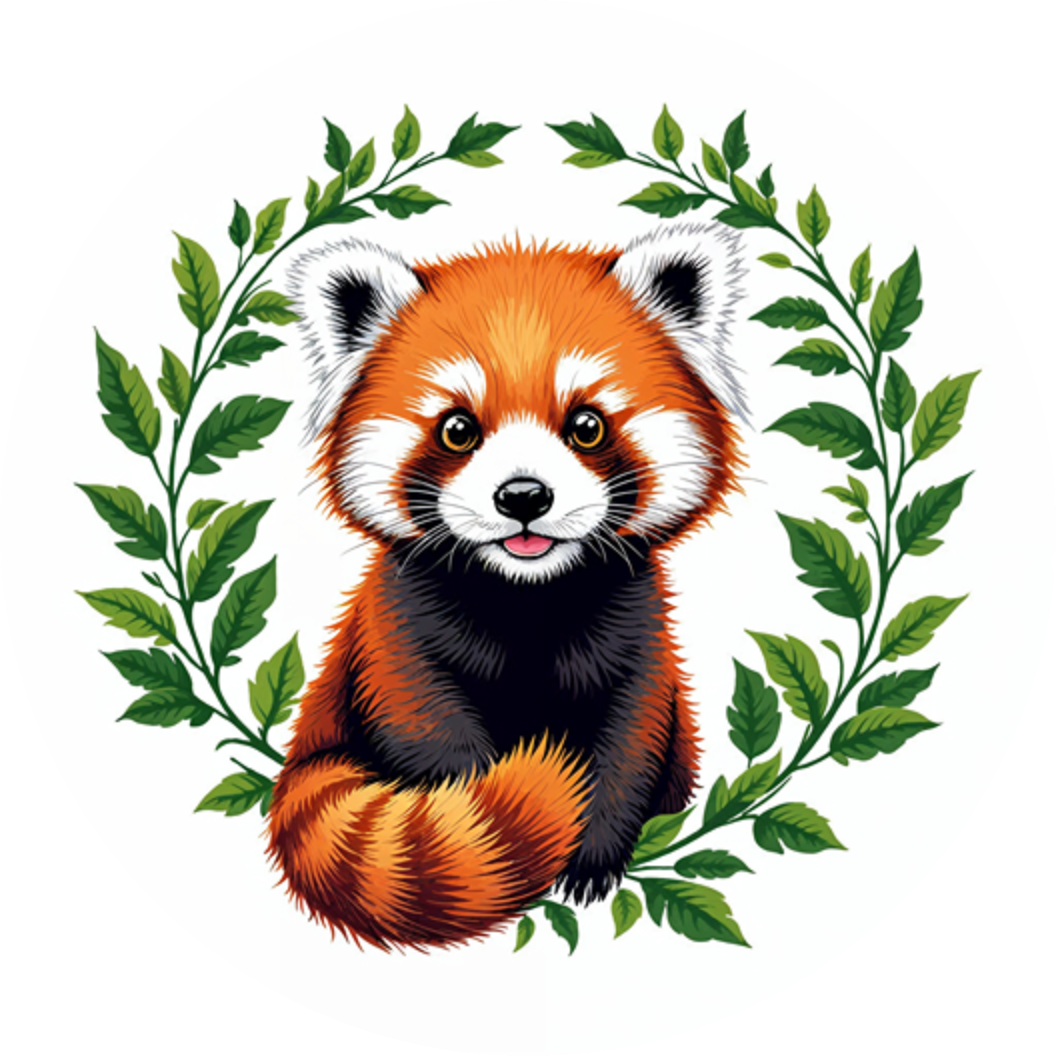The clothes hanging in your wardrobe tell a story that extends far beyond fabric and thread. Every garment you own has traveled through a complex journey—from cotton fields or chemical plants, through factory floors, across oceans, and finally into your hands. But in recent decades, that journey has come at an extraordinary cost to our planet and the people who make our clothing. The fashion industry now ranks among the world’s most polluting sectors, responsible for 10% of global carbon emissions—more than all international flights and maritime shipping combined. It consumes 93 billion cubic meters of water annually and produces 20% of global wastewater. Meanwhile, 85% of all textiles go to landfills each year, while garment workers in many countries face exploitation and unsafe conditions.
I’m Katrina, and I’ve spent years exploring how our everyday choices ripple outward to shape the world around us. Welcome to this guide on sustainable fashion—a movement that’s reimagining how we design, create, wear, and dispose of clothing. Whether you’re taking your first steps toward a more conscious wardrobe or deepening your commitment to ethical consumption, this article will equip you with the knowledge and practical tools to make fashion choices that align with your values. Read on to discover how sustainable fashion works, why it matters, and how you can become part of this transformative shift toward a healthier planet and fairer industry.
Understanding What Sustainable Fashion Really Means
A Holistic Definition: Sustainable fashion represents a comprehensive approach to clothing that minimizes environmental harm while promoting social equity throughout the entire supply chain. Unlike conventional fashion, which operates on a linear take-make-dispose model, sustainable fashion considers every stage of a garment’s life—from the cultivation of fibers and extraction of materials, through manufacturing and transportation, to how we wear and ultimately dispose of our clothes. It encompasses organic farming practices, ethical labor standards, reduced water and energy consumption, elimination of toxic chemicals, and systems that keep textiles in use for as long as possible.
Beyond Environmental Concerns: While environmental protection stands as a cornerstone of sustainable fashion, the movement extends far beyond eco-friendliness alone. Fair labor practices form an equally essential pillar, ensuring that garment workers receive living wages, work in safe conditions, and have their rights protected throughout the supply chain. This means rejecting exploitative practices like child labor and forced labor, while embracing transparency that allows consumers to trace exactly who made their clothes and under what conditions. Sustainable fashion also promotes animal welfare, encouraging alternatives to cruel practices in materials like leather, fur, and exotic skins.
The Three Core Principles: At its heart, sustainable fashion rests on three interconnected principles that work together to create meaningful change. First, environmental stewardship prioritizes materials and processes that minimize pollution, conserve resources, and reduce carbon emissions—from choosing organic cotton and hemp over conventional synthetics to implementing water-efficient dyeing techniques. Second, social responsibility ensures dignity and fairness for every person involved in creating a garment, from farmers growing cotton to factory workers sewing seams. Third, economic viability recognizes that sustainable fashion must also make business sense, creating models that support local communities, preserve traditional craftsmanship, and build long-term value rather than disposable trends.
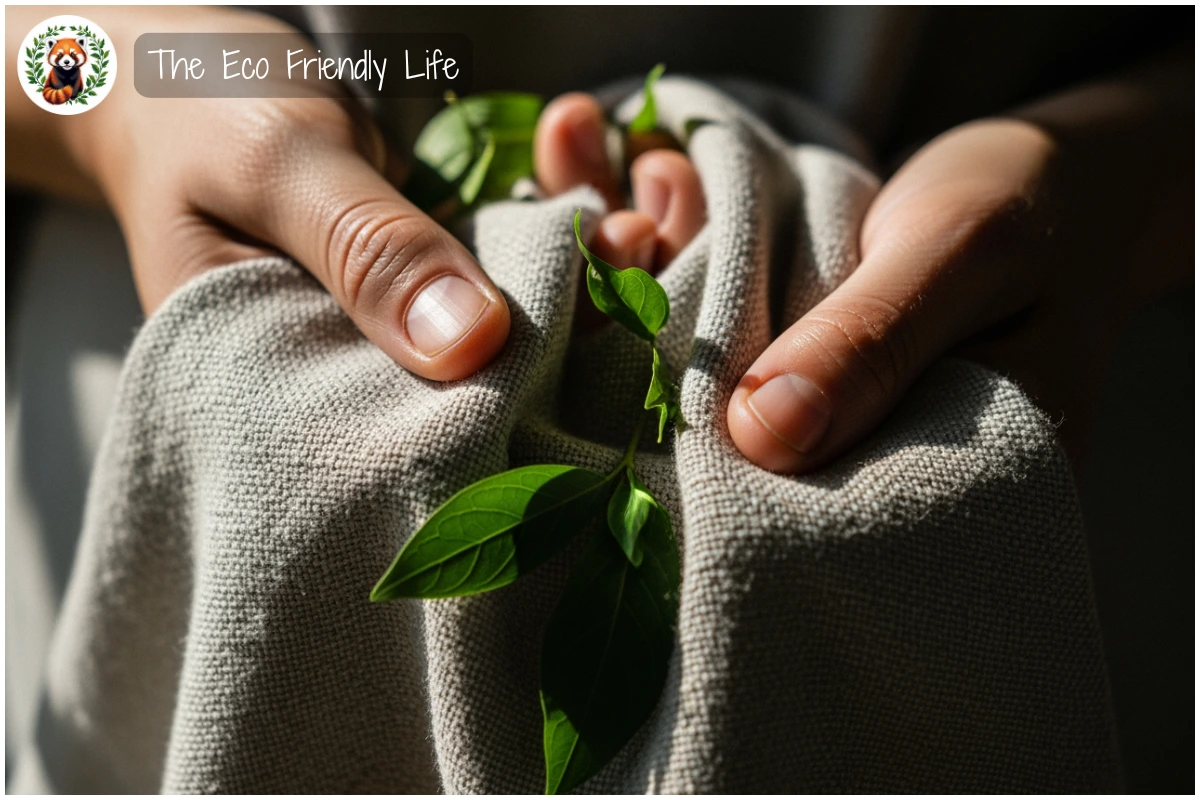
Understanding these foundations helps us recognize that sustainable fashion isn’t simply about buying “green” products—it’s about supporting an entirely different system that values people and planet alongside profit. With this foundation in place, let’s examine why transforming our current fashion system has become so urgent.
The Real Cost of Fast Fashion
Environmental Destruction: The fast fashion model has created an environmental crisis of staggering proportions. Textile dyeing ranks as one of the largest sources of water pollution globally, with 20% of industrial wastewater coming from dyeing and finishing processes—factories discharge toxic chemicals, heavy metals, and dyes directly into rivers and streams, contaminating drinking water sources for millions of people. Cotton cultivation for conventional fashion consumes 700 gallons of water for a single shirt and 2,000 gallons for one pair of jeans, while requiring intensive pesticide use that degrades soil health and poisons ecosystems. Perhaps most alarmingly, synthetic fabrics like polyester shed microplastics during washing, with 35% of ocean microplastics originating from laundering synthetic textiles—these tiny particles enter the food chain and have been found in human bodies worldwide.
Carbon Footprint Crisis: Fashion’s contribution to climate change accelerates each year as production volumes soar. The industry currently generates approximately 1.2 billion tonnes of greenhouse gas emissions annually, and without significant changes, this figure could increase by 50% by 2030. The production of synthetic fibers like polyester relies heavily on fossil fuels, with vast quantities of oil used each year in synthetic fiber manufacturing. The production and transportation stages account for the overwhelming majority of carbon emissions from fast fashion consumption, with fiber production, manufacturing, and international transportation driving this massive footprint.
Waste Mountains: The speed and volume of fast fashion production has created a waste crisis that landfills cannot accommodate. 92 million tonnes of textile waste accumulate globally each year, with the average garment worn just seven to ten times before disposal. Clothing production doubled between 2000 and 2014 to reach approximately 100 billion garments annually. When textiles decompose in landfills, they release methane—a greenhouse gas far more potent than carbon dioxide—while incineration releases toxic emissions into the atmosphere.
Human Exploitation: Behind the environmental devastation lies a human cost that demands equal attention. Garment workers, predominantly women in developing countries, often earn wages insufficient to meet their basic needs while working excessive hours in dangerous conditions. The Rana Plaza factory collapse in Bangladesh in 2013, which killed over 1,100 garment workers, exposed the deadly consequences of prioritizing cheap production over worker safety. Many fast fashion workers face verbal and physical abuse, lack access to bathroom breaks, and have no real recourse when their rights are violated.
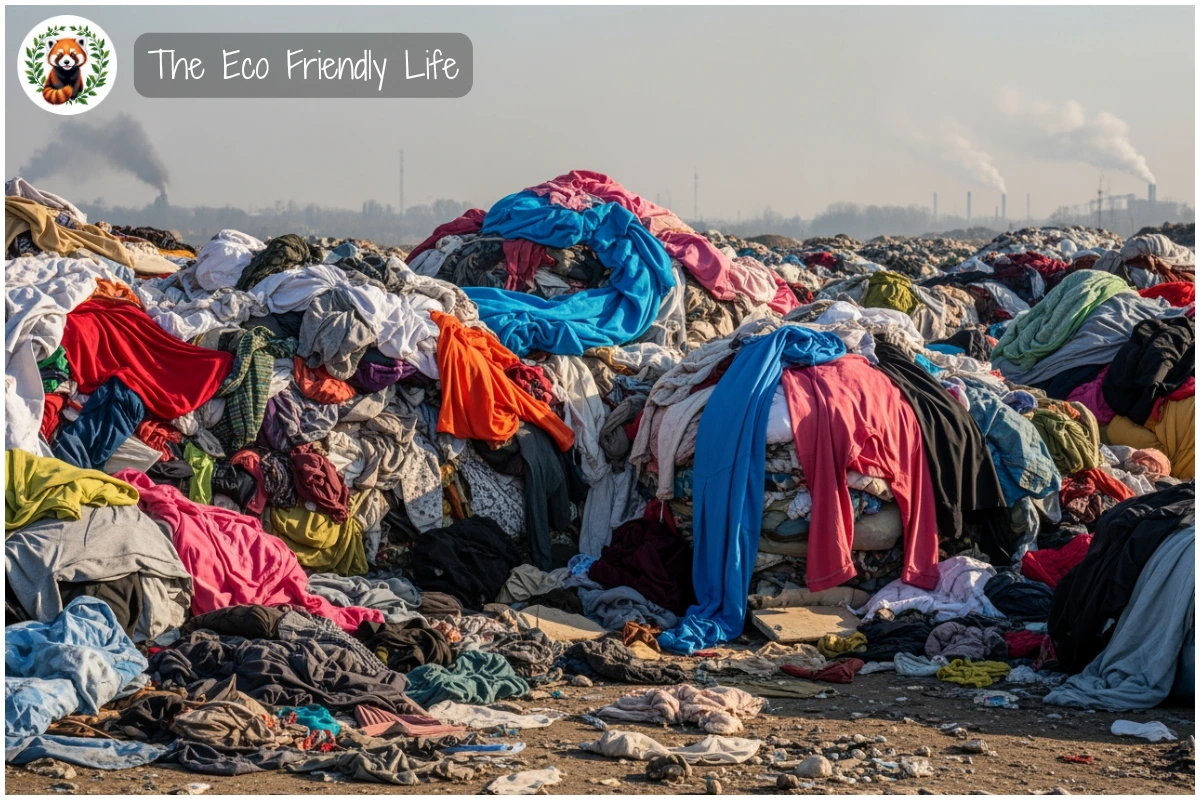
These stark realities underscore why transforming our fashion system isn’t optional—it’s essential for the survival of both people and planet. Understanding the problem naturally leads us to explore what genuine sustainable fashion looks like in practice.
Key Elements That Make Fashion Sustainable
Eco-Friendly Materials: The foundation of sustainable fashion begins with thoughtful material choices that dramatically reduce environmental impact. Organic cotton grown without synthetic pesticides or fertilizers uses significantly less water and releases fewer emissions than conventional cotton while protecting farmers from toxic chemical exposure. Hemp emerges as one of the most sustainable fibers available, requiring minimal water, no pesticides, and actually improving soil health while absorbing carbon dioxide from the atmosphere. TENCEL Lyocell, made from sustainably harvested wood pulp through a closed-loop process that recycles solvents, offers a biodegradable alternative with exceptional softness and breathability.
Circular Economy Principles: Sustainable fashion embraces circular economy models that fundamentally challenge the linear take-make-dispose system. This approach designs garments for longevity and multiple lifecycles, ensuring materials remain in use at their highest value for as long as possible before eventually returning safely to the biosphere. Circular fashion incorporates rental and subscription services that maximize garment utilization, repair and take-back programs that extend product lifespans, and innovative recycling technologies that transform old textiles into new fibers.
Ethical Production Standards: Certification systems provide crucial verification that sustainability claims rest on genuine practices rather than greenwashing. The Global Organic Textile Standard (GOTS) certifies that textiles contain at least 70% organic fibers while meeting strict environmental and social criteria throughout the entire supply chain—from prohibiting harmful chemicals to ensuring fair wages and safe working conditions. Fair Trade certification addresses income inequality by guaranteeing producers receive fair prices that cover production costs, while promoting sustainable farming practices and community development. These certifications empower consumers to make informed choices backed by independent verification.
Slow Fashion Philosophy: The slow fashion movement counters the relentless churn of trends by advocating for quality over quantity, timeless design over fleeting fads, and local production over globalized supply chains. Slow fashion garments are crafted to last years rather than seasons, using superior materials and construction techniques that justify higher prices through extended wearability. This approach encourages consumers to build smaller, more intentional wardrobes filled with pieces they genuinely love and wear repeatedly—a practice that reduces overall consumption while fostering deeper appreciation for clothing as more than disposable commodities.
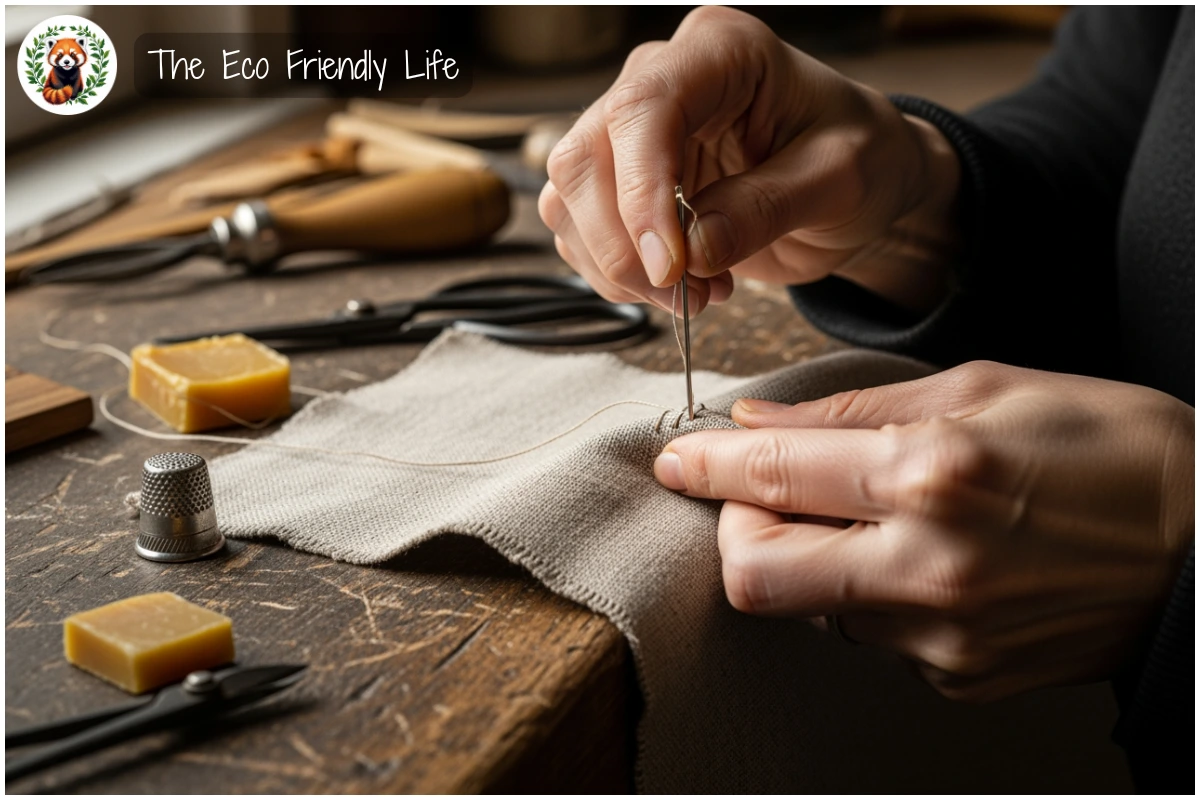
These elements combine to create a fashion ecosystem that regenerates rather than depletes, values rather than exploits, and endures rather than discards. Now let’s explore retailers who are putting these principles into practice.
Retailers That Support the Planet – Our Product Recommendations
When you’re ready to put sustainable fashion principles into action through your purchases, supporting retailers committed to ethical practices makes conscious choices more accessible while amplifying demand for responsible production. These two carefully selected stores exemplify how businesses can thrive while prioritizing environmental stewardship and social responsibility.
Our Retailer Recommendation for Adults
Goshopia: Curated Slow Fashion for Conscious Adults
Your destination for ethical elegance: Goshopia champions slow, sustainable, and socially responsible fashion by curating independent designers who prioritize organic materials, fair labor practices, and timeless designs that transcend seasonal trends. Their platform offers a thoughtfully selected collection of women’s clothing, accessories, and home décor that allow you to express your style while honoring your values—from organic cotton dresses and hemp accessories to beauty products made with plant-based ingredients and minimal packaging.
Our Retailer Recommendation for Kids/Families
Monica + Andy: Pure Organic Comfort for Little Ones
GOTS-certified essentials for growing families: Monica + Andy provides peace of mind for parents through GOTS-certified organic cotton baby and toddler clothing that eliminates exposure to harmful chemicals during critical developmental years. Their heirloom-quality pieces—from buttery soft onesies to durable everyday essentials—are wash-tested to maintain shape and softness through countless wearings and hand-me-downs, proving that sustainable choices need not compromise on functionality or affordability.
These retailers demonstrate that supporting sustainable fashion doesn’t require sacrificing style, quality, or convenience—it simply means choosing businesses aligned with a healthier future. Beyond knowing where to shop, understanding how to build and maintain a sustainable wardrobe empowers you to make the greatest impact.
Taking Action: How to Build a Sustainable Wardrobe
Audit Your Current Closet: Before purchasing anything new, examine what you already own with fresh eyes. Take inventory of every item, identifying pieces you truly love and wear frequently versus those collecting dust. This exercise often reveals that we already possess more than enough clothing—the challenge lies in rediscovering and styling what we have. Consider organizing a clothing swap with friends or family to refresh your wardrobe without consuming new resources, or donate unwanted items in good condition to local charities where they can find new life with someone else.
Prioritize Quality and Longevity: When you do need to purchase clothing, invest in well-made pieces crafted from durable materials that will withstand years of wear. Examine construction details like reinforced seams, quality stitching, and substantial buttons or zippers that indicate thoughtful craftsmanship. Choose versatile, timeless designs in neutral colors that coordinate easily with multiple outfits rather than trendy pieces that quickly fall out of fashion. Ask yourself whether you can envision wearing an item at least thirty times—if not, it doesn’t deserve space in your wardrobe.
Research Brands Thoroughly: Develop the habit of investigating brands before buying from them. Look for companies that openly share information about their supply chains, manufacturing processes, and sustainability initiatives on their websites—genuine transparency signals authentic commitment rather than marketing spin. Seek out GOTS certification, Fair Trade labels, B Corporation status, or ratings from independent platforms that evaluate brands across environmental and social criteria. Be wary of vague claims like “eco-friendly” or “sustainable” without specific evidence to support them.
Embrace Secondhand Shopping: Thrifting and secondhand shopping represent perhaps the most immediately sustainable fashion choices available. Buying pre-owned clothing reduces carbon emissions compared to purchasing new while extending garment lifespans and diverting items from landfills. Explore local thrift stores, consignment shops, vintage boutiques, and online resale platforms where you can discover unique pieces with character while supporting reuse ecosystems. Many secondhand items come from quality brands that have years of wear remaining at a fraction of their original cost.
Care for Clothes Properly: Extending the active life of garments you already own creates more environmental benefit than any single purchase. Wash clothes less frequently by airing them out between wears and spot-cleaning minor stains, as washing causes fiber damage and releases microplastics. Use cold water, gentle detergents, and air drying whenever possible to preserve fabric integrity and colors while reducing energy consumption. Learn basic repairs like sewing buttons, mending small tears, and removing pills to keep favorite pieces in rotation longer.
Support Innovative Materials: Stay informed about emerging sustainable materials that push the industry forward. Look for brands experimenting with innovations like Piñatex (made from pineapple leaf fibers), Mylo (mushroom-based leather alternative), or recycled ocean plastics. These materials demonstrate that sustainability need not limit design possibilities—it expands them by inspiring creative solutions to resource constraints.

Each action you take contributes to transforming fashion from a destructive force into one that nurtures both people and planet. To help you implement these principles immediately, here are specific daily actions you can take starting today.
Practical Daily Tips You Can Action Today
| Action Tip | How to Implement | How It Helps |
|---|---|---|
| Wash clothes in cold water | Switch your machine to the cold setting and use detergents designed for cold washing. | Reduces energy consumption by up to 90% while preserving fabric colors and extending garment lifespan. |
| Air dry instead of using dryers | Hang clothes on a drying rack or outdoor line, laying delicate items flat. | Eliminates dryer-related energy use and prevents heat damage that shortens clothing lifespan. |
| Buy only what you need | Before purchasing, wait 30 days to determine if you still want the item. | Reduces impulse buying and prevents unworn items from filling closets and landfills. |
| Choose natural fibers | Select garments made from organic cotton, linen, hemp, or wool rather than synthetic materials. | Natural fibers biodegrade safely and don’t release microplastics into waterways during washing. |
| Repair before replacing | Learn basic sewing skills or visit local tailors to fix tears, replace buttons, and mend seams. | Extends garment life significantly and reduces demand for new production. |
| Shop secondhand first | Check thrift stores, consignment shops, and online resale platforms before buying new. | Gives existing clothes new life while reducing carbon emissions and resource consumption. |
| Avoid fast fashion brands | Research brands’ labor practices and avoid companies known for exploitation or greenwashing. | Sends market signals that consumers prioritize ethics over low prices. |
| Use a Guppyfriend bag | Place synthetic garments in a special washing bag that captures microplastic fibers during laundering. | Prevents millions of microplastic particles from entering oceans with each wash cycle. |
| Organize clothing swaps | Gather friends to exchange unwanted items, creating a fun social event while refreshing wardrobes. | Circulates existing clothing without requiring new production or generating waste. |
| Read care labels carefully | Follow manufacturer instructions for washing temperature, drying method, and ironing. | Prevents damage from improper care that prematurely ruins garments. |
These simple practices create immediate impact when multiplied across communities, demonstrating that sustainable fashion begins with everyday choices within everyone’s reach. Beyond individual actions, you may have questions about navigating sustainable fashion—let’s address some of the most common ones.
FAQs
Is sustainable fashion more expensive?
While sustainable pieces often carry higher upfront costs, they typically offer better value over time through superior quality, longer lifespans, and reduced need for frequent replacement. Secondhand shopping also provides access to sustainable options at affordable prices.
How can I tell if a brand is greenwashing?
Look for specific evidence like supply chain transparency, third-party certifications (GOTS, Fair Trade, B Corp), and detailed sustainability reports. Vague claims like “eco-friendly” without supporting documentation often signal greenwashing.
Does sustainable fashion only mean buying new eco-friendly clothes?
Not at all—the most sustainable garment is the one already in your closet. Wearing existing clothes longer, shopping secondhand, repairing items, and choosing quality over quantity all form crucial parts of sustainable fashion.
Can sustainable fashion really make a difference?
Yes—collective consumer action drives market transformation. When millions of people prioritize sustainable choices, brands must adapt their practices to meet demand, creating systemic change throughout the industry.
Organizations to Support – Our Recommendations
Beyond individual shopping choices, supporting organizations working to transform the entire fashion system amplifies your impact. Here are three leading organizations making measurable differences globally.
Fashion Revolution works to increase transparency and accountability in fashion supply chains, empowering consumers to ask brands “Who Made My Clothes?” Through education, research, and advocacy, they publish the annual Fashion Transparency Index while organizing Fashion Revolution Week across over 90 countries—support their mission to create a clean, safe, and fair fashion industry for all.
Textile Exchange accelerates sustainable fiber production by bringing together brands, farmers, and manufacturers to transform textile supply chains from the ground up. Their Materials Market Report and standards development drive adoption of organic, recycled, and regenerative materials across the industry—donate to support their work reducing fashion’s environmental footprint.
Ellen MacArthur Foundation leads the charge toward a circular economy in fashion, working with major brands through initiatives like Make Fashion Circular to redesign how clothes are made, used, and recycled. Their influential research and convening power accelerate industry-wide shifts from linear to circular models—donate to support their work transforming fashion’s future.
These organizations demonstrate that systemic change requires collective action beyond individual consumer choices, offering pathways for those who want to support broader transformation.
Resources and Further Reading
To deepen your understanding of sustainable fashion and stay informed about the latest developments, these authoritative resources provide comprehensive information and ongoing updates.
Ellen MacArthur Foundation’s “A New Textiles Economy“ provides comprehensive research and vision for transforming fashion through circular economy principles, detailing how the industry can redesign itself to eliminate waste and capture significant economic opportunities while improving environmental and social outcomes.
United Nations Environment Programme’s Sustainable Fashion page offers authoritative data on fashion’s environmental impacts alongside policy recommendations and best practices for reducing the industry’s footprint, with regularly updated information on international initiatives and progress.
Good On You’s Brand Directory rates thousands of fashion brands on their environmental and social performance, providing an essential tool for making informed purchasing decisions backed by transparent methodology—search their database before your next fashion purchase to understand how brands perform.
These resources deepen your understanding while connecting you to the latest research, innovations, and solutions driving sustainable fashion forward.
Our Related Articles
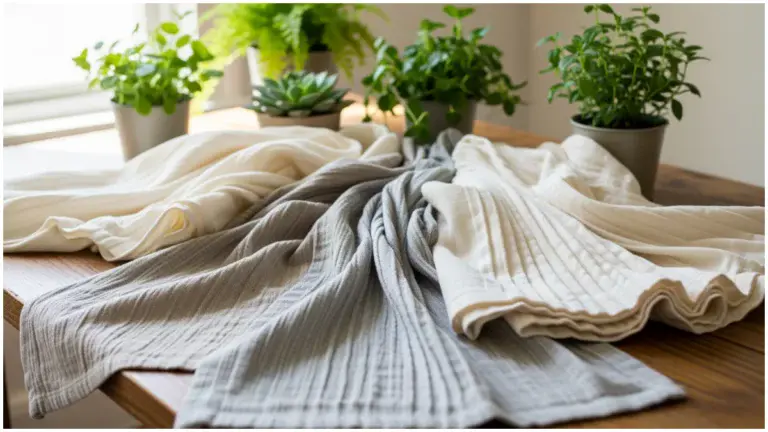
A Guide To Sustainable Fabrics: Organic Cotton, Hemp, Bamboo, And More
The clothes we wear tell a story far beyond their style. Every garment begins its journey in fields, forests, or factories, leaving an environmental footprint…
Read More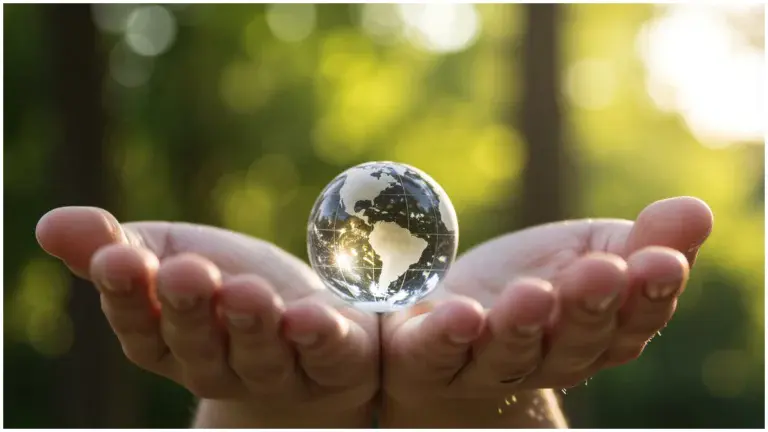
How To Get Involved In Local Climate Action
The climate crisis often feels like a distant, insurmountable challenge played out on global stages among world leaders and massive corporations. However, the most tangible…
Read MoreConclusion
Sustainable fashion represents far more than a trend—it embodies a necessary evolution in how humanity creates, values, and disposes of clothing. By understanding the true costs of conventional fashion and embracing alternatives that honor both environmental limits and human dignity, we each become part of a powerful transformation. The journey toward a sustainable wardrobe begins with a single conscious choice, whether that’s wearing what you already own more intentionally, learning to repair a favorite piece, or supporting brands that genuinely prioritize ethics over profits. Remember that perfection isn’t the goal—consistent progress is. Every time you choose quality over quantity, secondhand over new, or natural fibers over synthetics, you cast a vote for the fashion system you want to see flourish.
What’s your biggest challenge in adopting sustainable fashion practices? Share your thoughts, questions, and experiences in the comments below—together, we can learn from each other and build a community committed to wearing our values.

